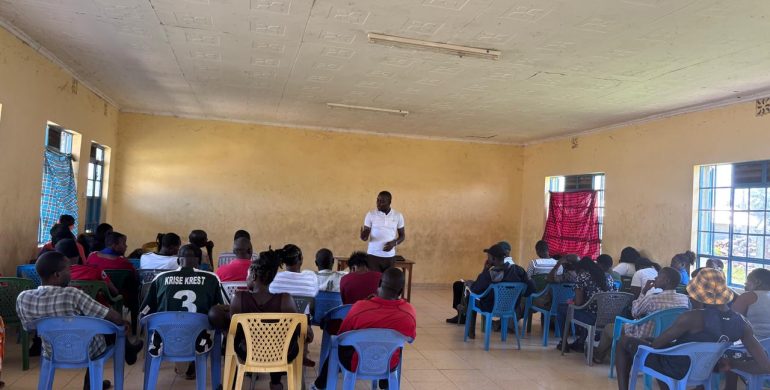In Kenya, informal settlements face heightened risks from floods, landslides, extended droughts, and the urban heat island effect. Due to limited preparedness and the high exposure and vulnerability of the population, these communities often experience severe losses and damages during climate-related events. Moreover, the insecurity of land tenure commonly deters both residents and external stakeholders from investing in long-term climate mitigation and adaptation measures, as the lack of formal ownership reduces incentives for building durable infrastructure and implementing sustainable environmental practices. As a result, these communities are disproportionately affected by climate-related disasters, exacerbated by their pre-existing vulnerabilities.
Pamoja Trust has been working with two informal settlements in Kisumu, Nyalenda B and Manyatta B, to develop a settlement profiling report, examining the losses and damages incurred due to climate change impacts. The report concludes that both Nyalenda B and Manyatta B are affected by slow-onset climate events and various climate hazards, including flash floods, rising temperatures, prolonged dry seasons, increased heavy rainfall, and strong winds.
Loss refers to permanent economic and non-economic losses that cannot be reversed, like death, loss of culture, home, biodiversity, ecosystems or livelihoods. Damage refers to impacts that can be restored – e.g., property, infrastructure, agriculture, or disruptions to health, education or water.
Both settlements experience significant economic and non-economic losses, particularly from flooding events. Economic losses manifest through the destruction of social and physical infrastructure, including housing, health facilities, factories, existing roads, drainage facilities, and sanitation systems, and the loss of income-generating activities, particularly within informal business ventures. Non-economic losses, on the other hand, are reflected in the loss of lives, social and intrinsic values, and biodiversity.
After decades of campaigning by a coalition of Pacific Island Nations and developing countries, the COP27 climate summit in Egypt finally agreed to establish a loss and damage fund to help pay for these climate impacts. The newly formed Loss and Damage Fund promises direct and rapid access that eliminates or reduces historical barriers and acknowledges communities, indigenous peoples and vulnerable groups as priority actors. Though precisely who qualifies as the most climate-vulnerable has been up for debate, for Africa, the fund is a test of whether the climate regime will extend or break historical injustices.
In Nyalenda B and Manyatta B’s case, there is a need to conduct detailed household-level assessments to capture the full scope of losses and damages, enabling eligibility for targeted relief from the Loss and Damage Fund. The data provided in the Settlement Profiling report can be utilized to advocate for policy changes, resource allocation, and to position informal settlements as integral components of climate resilience efforts


